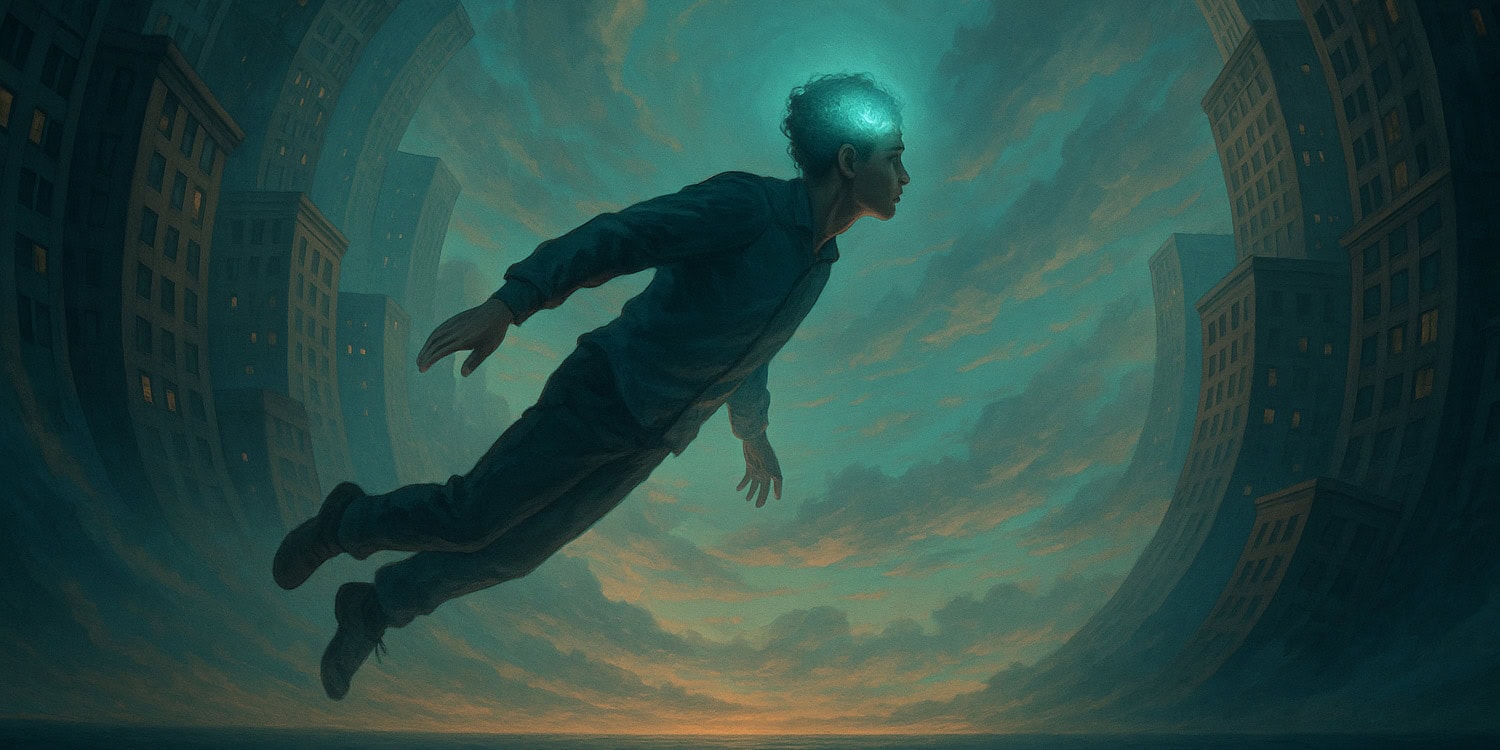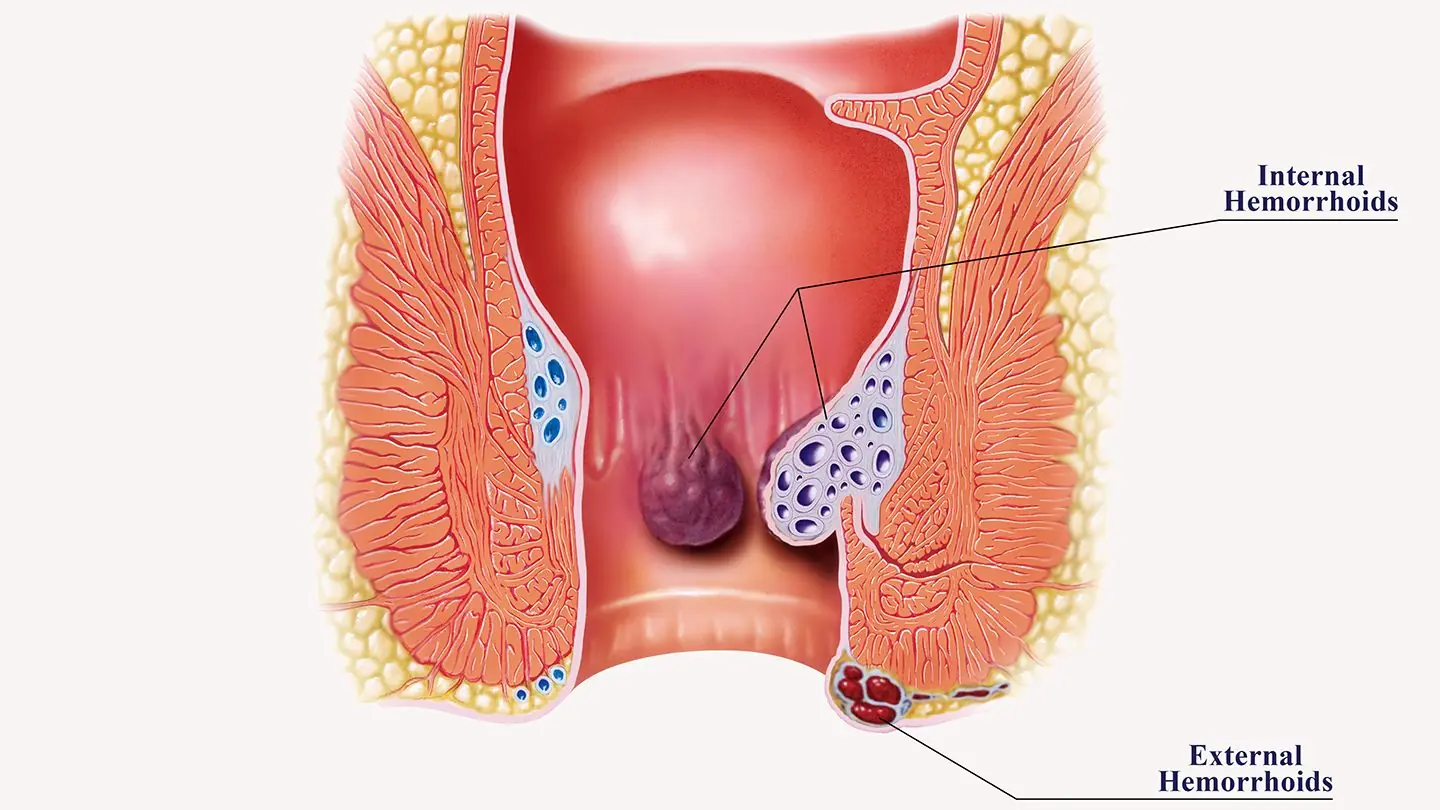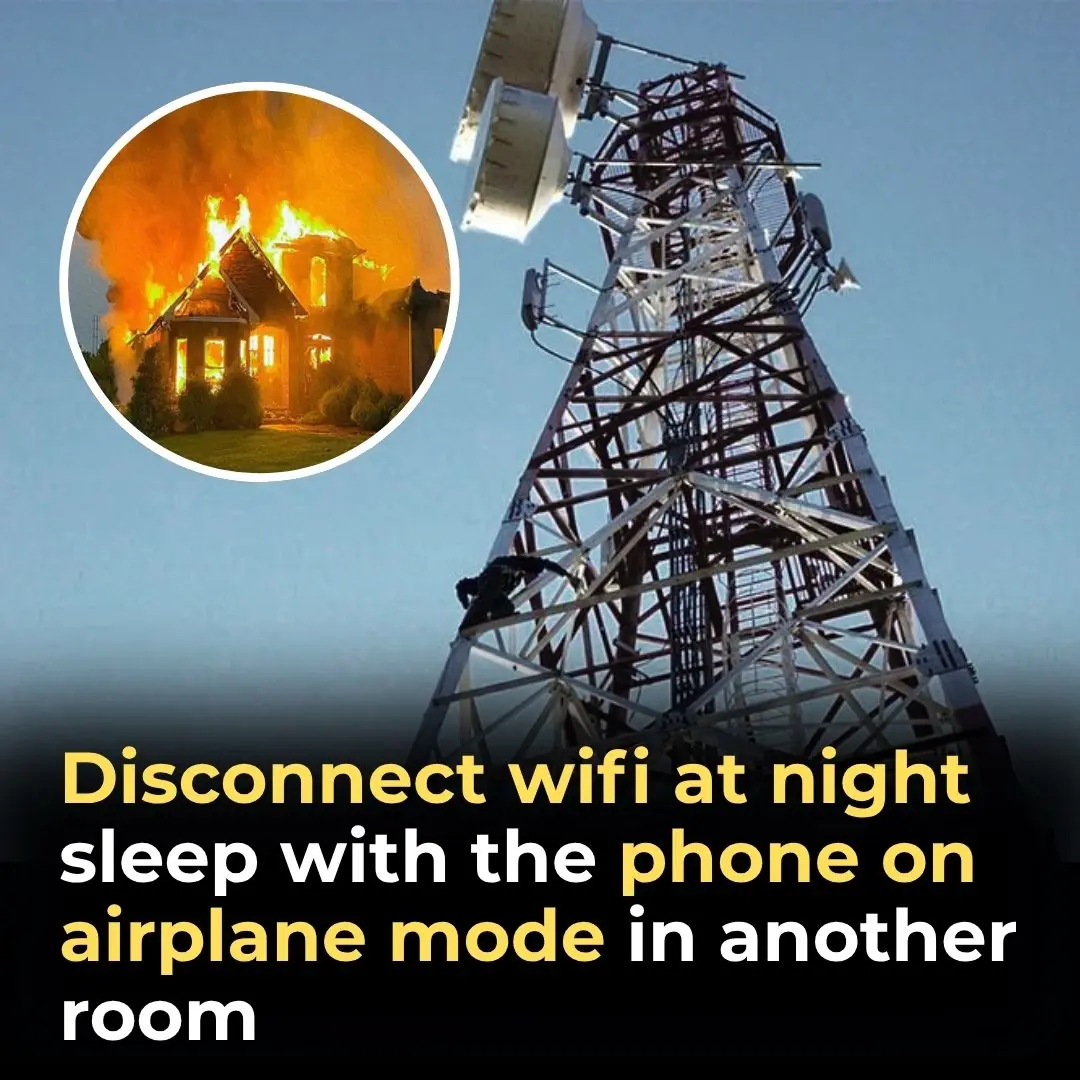
Lucid Dreaming Found To Spark Complex Brain Connectivity Rarely Seen In Normal Sleep
Lucid dreaming — the phenomenon where a person becomes aware they are dreaming and may even control the dream’s content — has long fascinated psychologists, neuroscientists, and dreamers alike. But now, cutting-edge research reveals a remarkable insight: lucid dreaming appears to activate complex brain connectivity patterns rarely observed during normal sleep. These findings are reshaping our understanding of consciousness, sleep, and the true capabilities of the human mind.
In a recent study published by researchers at the Max Planck Institute and several partner universities, scientists monitored participants using high-density EEG (electroencephalogram) and fMRI (functional magnetic resonance imaging) while they entered various stages of sleep, including lucid dreaming. The results were nothing short of extraordinary. During lucid dreaming, certain regions of the brain — particularly the prefrontal cortex, which is associated with self-awareness, decision-making, and executive control — lit up in ways previously thought impossible during REM (rapid eye movement) sleep.
Traditionally, REM sleep is characterized by vivid dreams, but with decreased logical reasoning and diminished self-awareness. However, in a lucid dream, the sleeper regains a surprising level of consciousness. They are aware they are dreaming, can sometimes manipulate their surroundings, and retain access to parts of their waking cognition. This elevated awareness was found to correspond with unusually high communication between different brain regions — particularly between the frontal and parietal lobes.
Dr. Elena Müller, lead neuroscientist on the project, explained, “Lucid dreaming is like a bridge between sleep and wakefulness. The brain becomes a hybrid state — still asleep, yet exhibiting patterns of awareness and control that are closer to the waking mind. What’s most striking is how complex and integrated the brain’s networks become during these dreams.”
This increased brain connectivity is rarely seen during typical sleep. In fact, the level of synchrony and interaction between neural networks during lucid dreaming closely resembles the mental architecture involved in problem-solving, creativity, and even meditative states. Some researchers have gone so far as to compare it to a form of “natural virtual reality,” where the brain generates a fully immersive world while maintaining critical self-awareness.
The implications of this discovery go far beyond dream studies. Understanding lucid dreaming could help unlock new approaches in neuroscience, mental health treatment, and even learning. For instance, individuals with anxiety disorders or PTSD might benefit from training in lucid dreaming techniques, allowing them to confront fears in a controlled, dream-based environment. Some therapists are already experimenting with such approaches, seeing promising results.
Moreover, the enhanced connectivity seen in lucid dreamers may offer insights into how consciousness itself arises. If the brain can achieve such complex states of awareness during sleep, it challenges long-held notions that consciousness is only tied to wakefulness. It also opens up possibilities for new brain-machine interfaces and methods for enhancing cognitive flexibility.
Lucid dreaming can be induced in some individuals through practices like reality checking, keeping dream journals, or using devices that deliver subtle cues during sleep. While not everyone achieves full lucidity, the potential to explore one’s own consciousness in this way is deeply intriguing.
As research into lucid dreaming continues, it promises not only to deepen our understanding of the sleeping mind but also to raise fundamental questions about the nature of reality, perception, and what it truly means to be conscious.
In an age where science is constantly expanding the boundaries of human potential, lucid dreaming offers a unique frontier — one that exists not in the distant cosmos, but within the silent, sleeping theater of our own minds.
News in the same category


If Your Body Has a Bad Odor in These 3 Areas, It Could Mean Poor Liver Detox and Declining Function – Get Checked Before It’s Too Late!

Warning: If You Notice This Symptom in Your Body, Go to the Hospital Immediately – It Could Be Late-Stage Nasopharyngeal Cancer

Astonishing Cancer-Fighting Power of One Juice — Even Doctors Are Surprised

5 Types of Cancer with Over 90% Cure Rate: Early Signs Everyone Should Pay Attention To

Doctor's Advice: Whether You're Rich or Poor, Never Eat These 3 Foods for Breakfast – They Can Lead to Aggressive Cancer

Scientists Use CRISPR to Eliminate HIV from Human Immune Cells

Hemorrhoids: Fast, Effective, Science-Backed Ways to Find Relief

Ovarian Cancer: 8 Early Signs You Need to Know

It’s Not Just Tooth Decay: 2 Common Signs in Your Mouth That Are SOS Signals From Your Body — Don’t Ignore Them

3 Early Signs of Lung Cancer You Shouldn’t Ignore — It Could Become Life-Threatening

Is Cancer Hereditary? Useful Tips to Prevent Cancer from Developing

Health Experts Suggest 7 Ways to Detox Your Liver and Cleanse Your Body Daily

The Back of Your Hand Reveals Longevity Secrets: 4 Signs Everyone Should Check

13cm of Intestine Fell Out After 2 Hours on the Phone in the Toilet: 5 Dangers of Using Your Phone in the Bathroom

Don't Drink Water Right After Waking Up — Doctors Recommend Doing These 5 Things First

A 40-Year-Old Man Suffers a Stroke After Dinner: Doctor Points Out 3 Critical Mistakes

This Fruit Is Eaten Every Morning by a Famous Billionaire: A Powerful Secret to Fighting Cancer

Warning Signs in Your Stool That May Indicate Colon Cancer: Seek Medical Attention Immediately

10 Effective Ways to Boost Your Lymphatic System Health
News Post

Psychology: People Who Talk To Their Pets Like They Are Humans Display Certain Emotional Traits

It’s Official! Mexico City Has Banned Bullfighting, Ending A 500-Year-Old Tradition

Disconnect WiFi at Night Sleep With the Phone on Airplane Mode in Another Room

The Hidden Dangers of Cooking with Aluminum Foil: Health Implications and Safer Alternatives

Japan Has Created a New Plastic That Dissolves in the Sea Within Hours and Enhances Soil Health

Scientists Reveal Simple Blood Test Can Detect Cancer Years Before Symptoms Appear

Bill Gates Says Only 3 Jobs Are Safe From AI — Are You In One Of Them?

5 Early Warning Signs of Cancer in Children: Parents Must Know to Save Their Child

People Unvaccinated Against COVID Are 48 Percent More Likely To Get Into Traffic Accidents

If Your Body Has a Bad Odor in These 3 Areas, It Could Mean Poor Liver Detox and Declining Function – Get Checked Before It’s Too Late!

Warning: If You Notice This Symptom in Your Body, Go to the Hospital Immediately – It Could Be Late-Stage Nasopharyngeal Cancer

A ‘Zombie’ NASA Satellite Woke Up After 60 Years—And It Sent Out A Powerful Radio Pulse

Scientists Claim That If Humans Go Extinct, Octopuses Have The Best Chance Of Building The Next Civilization

23-Year-Old Ukranian Discovers Way To Make Paper From Fallen Leaves Without Cutting Down Trees

Rare ‘Doomsday’ Oarfish Washes Ashore In Tasmania, Igniting Superstitions Of Impending Disaster

Sore Throat Relief: How Ginger Can Soothe Your Throat Naturally

If You Know These 11 Benefits of Tamarind, You'll Want to Eat It More Often

No one knows why 13 trucks are blocking the highway, when the truth is revealed, tears flow

Controversial Inventor’s Mysterious Death Sparks Debate Over Alternative Energy Suppression
